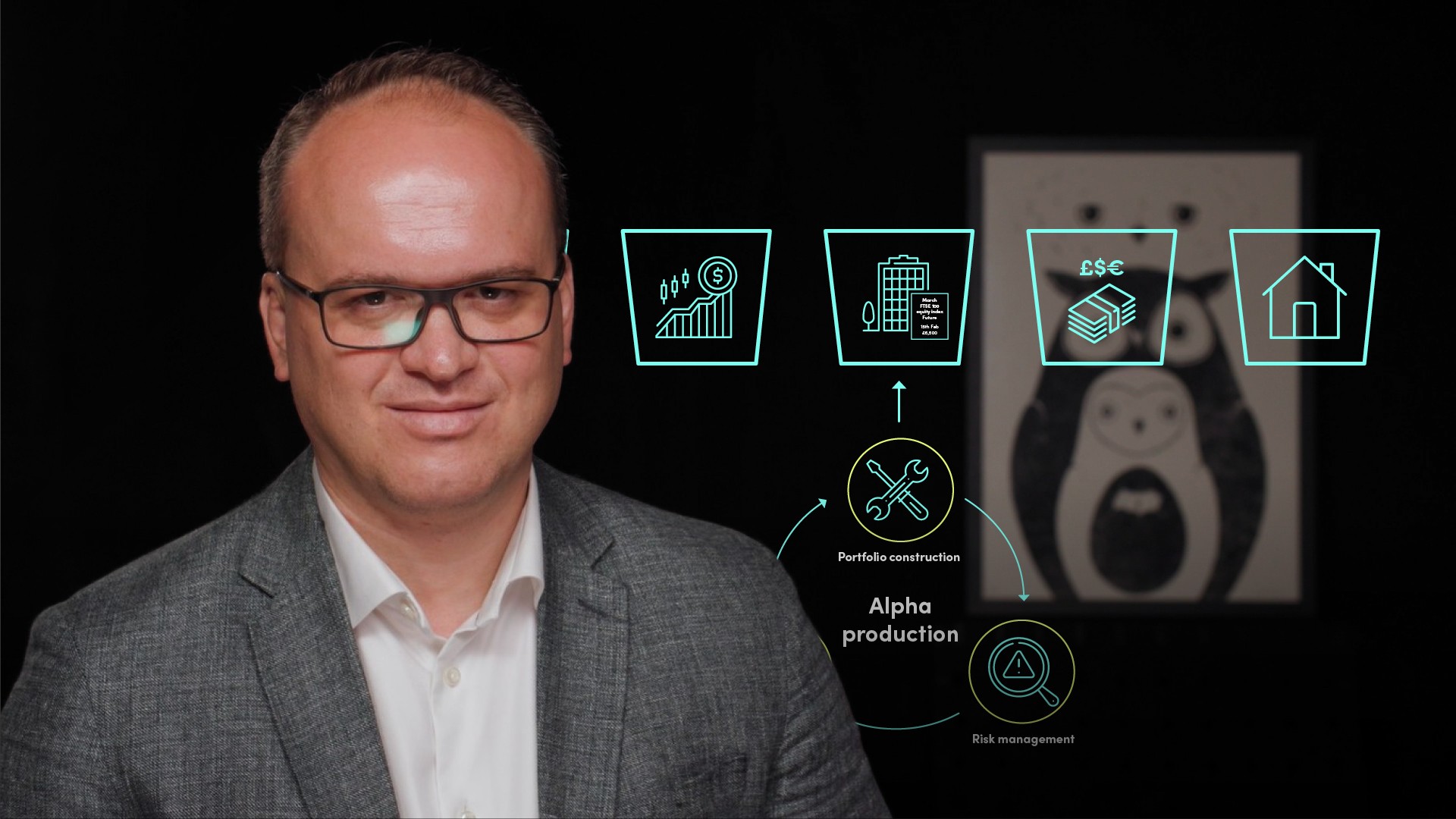
Portfolio Construction and Risk Management

Alex Struc
20 years: Asset management
Part two of this two-part video series will delve deeper into portfolio construction and risk management, as well as the critical considerations that underpin both disciplines.
Part two of this two-part video series will delve deeper into portfolio construction and risk management, as well as the critical considerations that underpin both disciplines.

Portfolio Construction and Risk Management
9 mins 40 secs
Key learning objectives:
What is the primary goal of portfolio construction?
Understand the difference between portfolio construction and security selection
What is risk management and what could go wrong?
Overview:
It is easy to get overwhelmed by the sheer number of considerations at the securities analysis or portfolio construction stages. Conflating these principles often leads to expensive mistakes. Knowing which risk you take, security selection (alpha) or a portfolio construction (beta) can be life-saving in volatile markets.
What is the primary goal of portfolio construction?
The primary goal of portfolio construction is to diversify risk across multiple holdings by reducing correlation between individual securities and sectors.
The main deliverable of this exercise is the sizing of individual positions within the portfolio, which will depend on understanding the individual risk-reward profiles vis-à-vis the goals that the overall portfolio is looking to achieve.
What is risk management and what could go wrong?
Risk management can be a powerful alpha generation tool. Value-add risk management is all about the art of scaling. Scaling means allocating more risk budget to positions with the greatest prospects and cutting positions whose thesis (and valuations) are not playing out as expected.
Risk management is about understanding two types of risks in the portfolio. One is endogenous, arising from the individual securities and portfolio construction – things that produce investment alpha. The other is exogenous, market risks which can affect individual performance in a more holistic way. Scenario analysis and stress-testing are probably the most powerful techniques.

Alex Struc
There are no available Videos from "Alex Struc"

